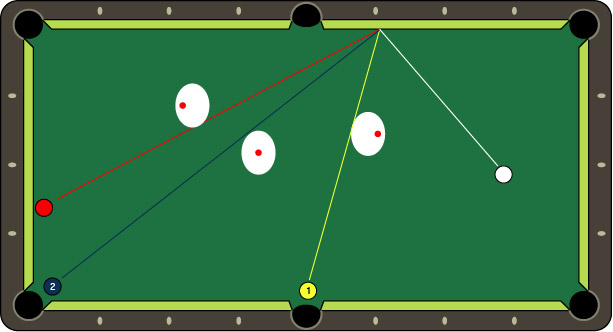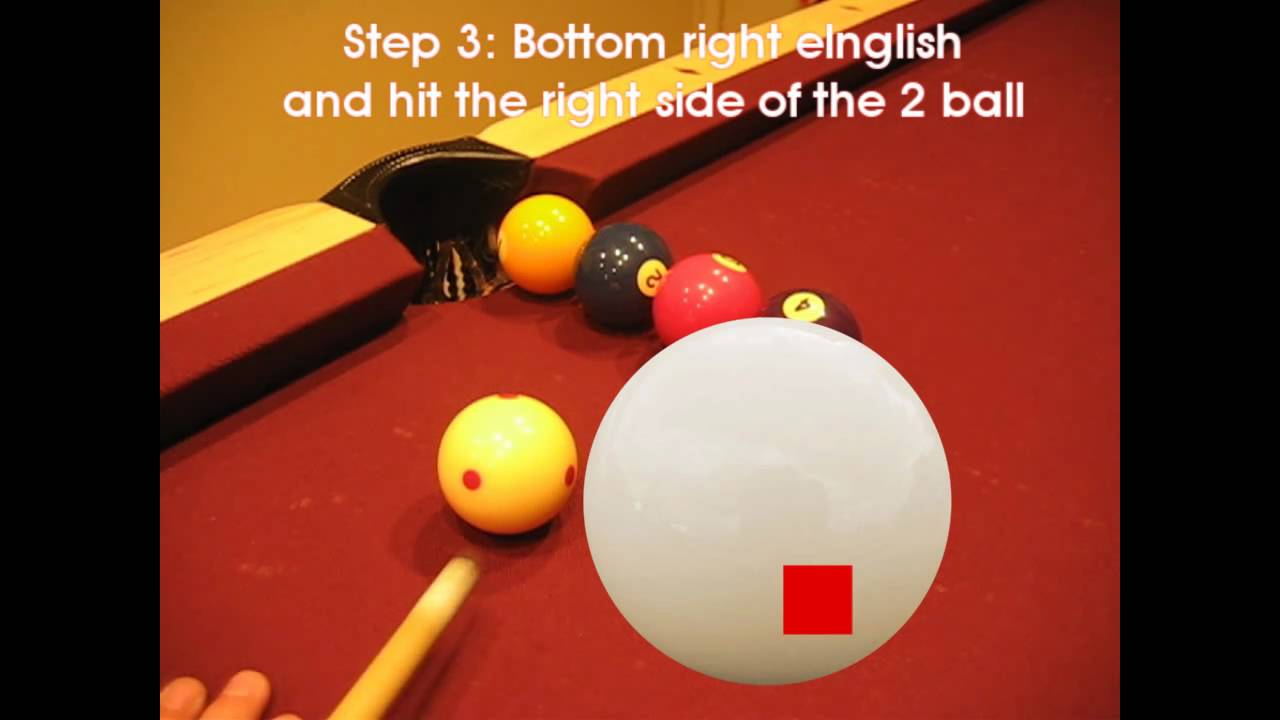
There are many factors you should consider before shooting someone during a mass shooting. You need to be able to identify the potential injuries and determine the velocity of a mass shoot. This article outlines some of the most important factors to consider when determining the velocity of a mass shot.
Definition of mass shooting
The term "mass shooting" has several meanings. The term "mass shooting" is used in the United States to refer to large-scale and highly publicized mass shootings. Mass shootings are when multiple gunmen storm a public location and open fire, inflicting a lot of casualties. This kind of incident often involves automatic weapons such as shotguns or assault rifles.
According to federal Bureau of Investigation, a mass shooter is an incident that results in multiple victims and uses automatic weapons or guns. In these cases, the perpetrator could choose victims randomly or based on their symbolic meaning. In the 50-year history of mass shootings, at least 402 have occurred, resulting in more than 3,590 deaths. A third of these incidents were at schools or workplaces.

However, mass shootings are not defined in the same way. They can be defined differently from study to study. Incomplete or incomplete data sources can result in huge discrepancies when estimating mass shootings over the course of time. Additionally, news reports and public documents are often biased in a systemic way. It is difficult to draw meaningful conclusions when studying such data.
Injuries caused by a mass shot
Injury caused by a mass shot is a major public health threat and should be considered in emergency preparedness plans. The CDC has a fact sheet that provides information about this topic. It also contains a checklist and guidelines. It also includes videos and other materials to help healthcare providers.
The study found that there are six people seriously injured for every mass shooting event. The study was published in JAMA Open, and it details the cost of each event. It shows the huge financial and physical burdens faced by those who are affected by mass shootings. These long-term effects of the recent trend are serious and have far-reaching implications.
The authors of this report analyzed data from 34 mass shooter incidents. They found that most victims were black and male, with the most common types of wounds being those of the chest and head/neck. Approximately 6% of cases involved the use of tourniquets, and 16% of incidents involved dispatchers who failed to alert responders. Also, victims were more likely than others to require major blood transfusions.

Methods to determine the velocity of a mass shot
One of the most important control points in shot peening is the shot velocity measurement. Because it does not accurately reflect the effects shot peening has on the shot, the traditional method that relies upon air pressure to measure shot velocity is unreliable. This method can be combined with simulations to produce a more reliable shot velocity measurement. This method can quickly calculate linear shot velocity formulas using impingement angles or surface roughness. These shot velocity formulas can then be used to predict shot peening's effect in the aerospace and automotive industries.
To accurately determine the shot’s velocity, the peening Angle and shot peening Pressure must be taken into account. A peening angle less than 45 degrees will result in a shot with a higher velocity. The shot's speed increases the most at 45 degrees.